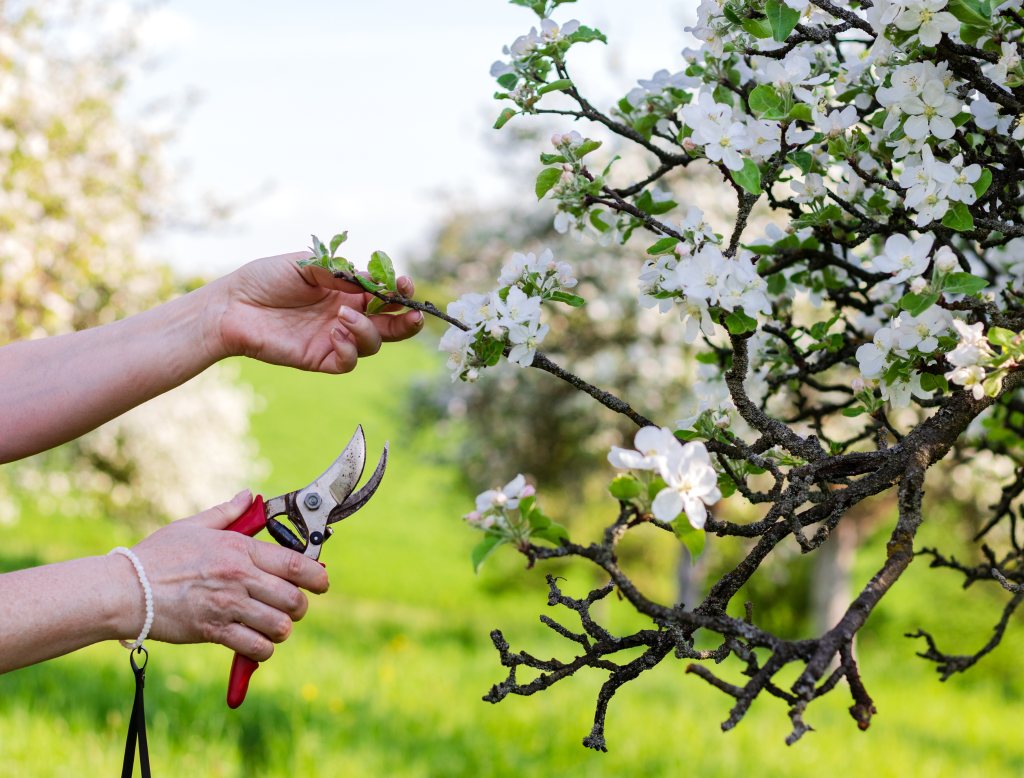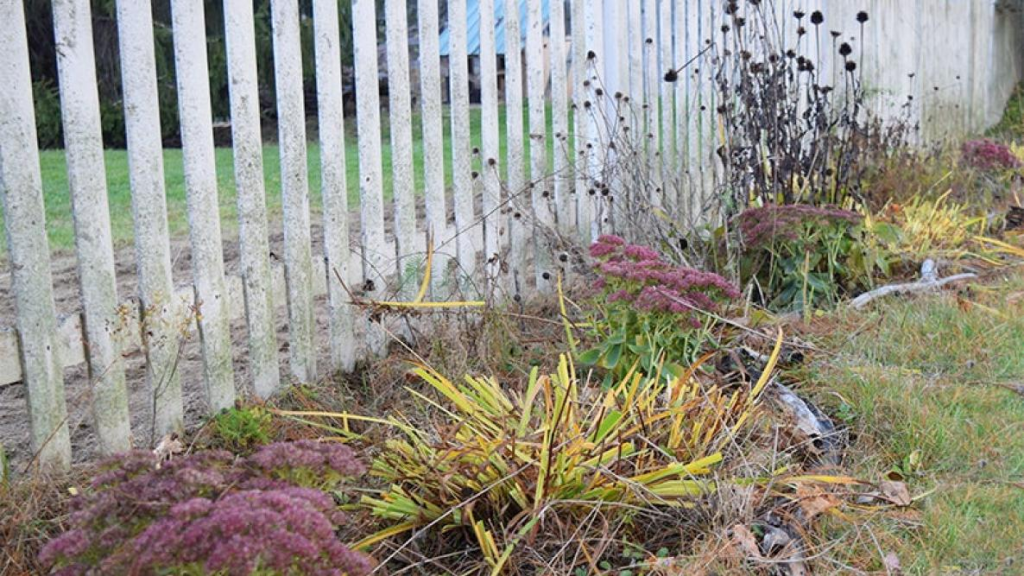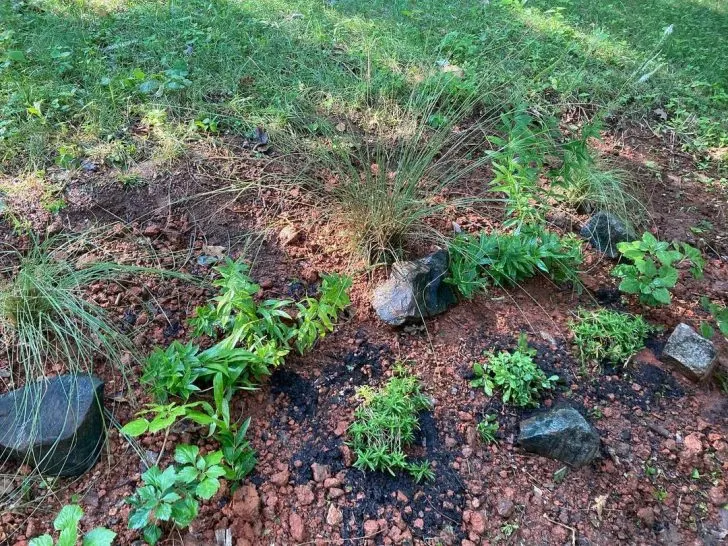When to Cut Back Phlox? (Pruning Phlox in 4 Easy Steps)

Table of Contents
Phlox generally refers to the 65 species of annual or perennial flowering plants that are found both in gardens and the wild. When it comes to the garden phlox, we’re talking about a relatively hardy breed that blooms riotously from July through September and brings colour and life into our garden. While phloxes don’t need intensive care, there are some tips to keep in mind; the chief among them being when to cut back phlox or when to prune your phloxes.
Typically, you are looking at deadheading your garden phlox in spring to ensure there’s no self-sowing and to bring forth the second set of blooms. In autumn, after the first frost, you will want to cut back your phlox plant stems almost to the ground.
Let’s take a look at the different types of garden phlox you might have in your space first before we understand why we prune phlox and how it helps keep your plants healthy.
4 Easy Steps to Cut Back Phlox
Pruning, generally speaking, takes place towards the end of the season, after blooming, at the tail-end of the growing season, and after the first frost. However, there are times that you can and should prune at the beginning of the season when you want to encourage growth, promote more flowering, or weed out the less healthy plants from the ones that will grow. Let’s take a look at how you prune phlox through the seasons.
Pre-Pruning: Prepare Your Tools
Before you plan to deadhead, thin out, or cut back your phlox to the ground, there are some tools you need in your arsenal. Here’s a quick list to help gather what you need to start pruning phlox in your garden.
1. Deadheader Snips: As the name suggests, these clippers are just what you need to deadhead blooms through spring and summer.
2. Pruning Shears and Bypass Loppers: As the first frost approaches, and you need to cut back to the ground, go ahead and pick up these shears or loppers based on how dense your phlox plants are.
3. Pruning Saw: If you have annuals among your phlox plants, you’ll need to order one of these to help you uproot the phloxes before the next season.
4. Pruning Shears: When you only have some delicate leaf and stem pruning to do on your phloxes through winter, this sharp blade clipper will get the job done.
1. Spring Pruning: Thinning Out and Deadheading
Spring is for growing and flowering. If it’s not your first season with your garden phlox, and you have a particularly bushy variety, you might want to cut back and thin out the phlox stems. Not only does this provide enough room for growth, but it also gives your phlox the space it needs to flower in profusion. You can also thin out by keeping the more hardy stems that show steady growth while removing the weedier ones or those that seem particularly disease-prone.
Once you have cut back phlox to the best plants in the garden, you could also pinch these all the way back to the very first set of leaves. This ensures that the new seedlings you put in have adequate ventilation, and you can also keep an eye out for any water-logging.

You will also have to go through another round of pruning phlox towards the latter end of spring to ensure there isn’t any overcrowding in your garden. Deadheading the flowers after the first bloom will encourage further flowering while keeping the plant from self-sowing. When taken later in spring, this step could also result in a second, albeit shorter, flowering season for your phlox in autumn.
Remember that the top layer generally has the newest growth when it comes to pruning creeping phlox. So when you cut back the phlox in late spring, after flowering, look below the top to find dying foliage that should be cut back to avoid a host of problems and to promote plant growth.
2. Pruning Phlox in Summer: Deadheading and Cutting Back
If your garden boasts of annual phloxes, summer is the flowering season. This would mean deadheading your phlox after the first bloom for more flowers towards the end of summer or early autumn. If you have varieties that bloom in spring, and you have been deadheading them already, you might still be rewarded with flowers until mid-summer. Start by watching your phlox for fading blooms and cut them back to where they meet the plant stem. Ideally, if you could do this every couple of days or so as and when the blooms fade, you’ll have more consistent blooming that lasts longer. However, we know that’s really not practical for all of us, so waiting until over half your flowers are fading and then pruning your phlox in one go would help.

Midsummer is also the perfect time to cut back your phlox plant to keep your garden looking tidy. As phlox blooms and spreads through spring and summer, both upright phlox and creeping phlox tend to get somewhat unruly. Rather than wait to cut back phlox until autumn, go ahead and get a round in around midsummer.
If you have phlox that is rather scrawny, a good way to get bushier plants is pinching back phlox by about one-third at the start of summer. This promotes better growth and foliage.
3. Autumn – Cutting Back After the First Frost
As the cold starts to set in, most phlox varieties finish their “show” season for the year, though a few could be coaxed to bloom in early autumn as well. In these cases, deadheading is vital to prevent self-sowing in the following season. Once the first frost of the season arrives, it’s time to arm yourself with shears and get snipping.

Cut back your phlox plants to avoid moisture retention at the base of the plant, which provides a base for powdery mildew to take hold. If you have upright phlox, you can leave the cutting back until late autumn or even winter. However, if you have creeping phlox, you will need to prune the stems back into the soil by early autumn. If you do have early signs of disease, remove the stems and leaves entirely from the region. If the plant is healthy, you could use the dried leaves in the following season as mulch to protect the roots for spring.
Annual phlox can be pulled out entirely towards the end of autumn or even early winter, as you’ll be planting them again in early spring.
4. Winter Care for Your Phlox: Leaf and Stem Pruning
Several varieties of creeping phlox not just survive but also thrive in winter. The wintergreen phlox can be a stunning addition to your garden, with some unexpected blooms to brighten up a dull winter’s day. Winter doesn’t exempt your phlox plant from pruning, though the load might be lighter.

For your upright phloxes, inspect the branches for any signs of disease and keep them surrounded by mulch to stay healthy for spring. With creeping phlox, keep an eye out for damaged leaves or stems and prune them as soon as they appear. Additionally, you will want to check for frost damage early to keep your phlox thriving even through harsh weather. If the leaves or stems snap easily when bent gently, it shows signs of frost damage.
Types of Garden Phlox
- Upright Phlox: As its name suggests, this type is a tall phlox that can be a gorgeous part of herbaceous borders in your garden. Phlox paniculata, or the “Bright-Eyes” variety, and Phlox subulata, or the “Emerald Cushion,” are two easy-growing varieties that go with most other plants that you might be growing in your border.
- Creeping phlox: If you have a little garden rockery and would like to plant phlox among the rocks, both Phlox douglasii or the “Red Admiral” and Phlox subulata or the “Candy Stripes” can add that splash of colour to your garden. Remember to plant creeping phloxes in pots first, and then transfer them to your rockery to give them the start they need to keep thriving.
Cutting Back Phlox: Why Prune Phlox?
- To Encourage Longer Blooming: If you deadhead your phlox plant after the first bloom, it’s good for the plant in more ways than one. It can lead to bushier plants and keep the parent plant healthy. Pruning phloxes in spring after the first bloom can also lead to an unexpected second blooming in autumn, keeping your garden fragrant and pretty all year round.
- To Prevent Self-Sowing: If unpruned, phlox seedlings can spring up around the parent plant. These seedlings are generally thinner and vastly inferior to the main plant while still consuming precious ground nutrients and fertilisers. This makes it imperative to prune phlox right after the first blooms of the season.
- To Prevent Disease: After the first frost, you should cut back phlox plants to within 2-4 inches of the ground. Phlox plants, especially the upright varieties, are very susceptible to powdery mildew. While keeping the soil well-drained is instrumental in warding off the disease, cutting back phlox after the first frost can also limit the spread of the disease in the colder month. This keeps your phlox healthier for longer.
- To Thin Out Phlox: While phlox plants propagate fairly easily, it can lead to overcrowding. This then causes flowering to decline and eventually brings your garden phlox production to a standstill. It’s vital to prune phlox periodically after the first year or so to avoid this problem.
Cutting Back Phlox: Final Words!
Now you’ve taken a look at the types of phlox, the pruning required to keep them healthy, and different types of pruning through the year, you know just how to take care of your phloxes! Remember, it’s rather like scheduling a regular haircut or trim, with the added benefits of a facial or a little extra pampering to make you feel good. Your phlox needs a little trimming and thinning through spring and summer to show itself off to the best advantage. Combine this with a thorough cut-back in autumn and just a little maintenance in winter, and you have a gorgeous garden!
If you experience any problems while pruning phlox, or aren’t quite sure about how to care for your plant, get in touch with us via the comments.
We’d love to give you a hand and get your garden up and blooming!






